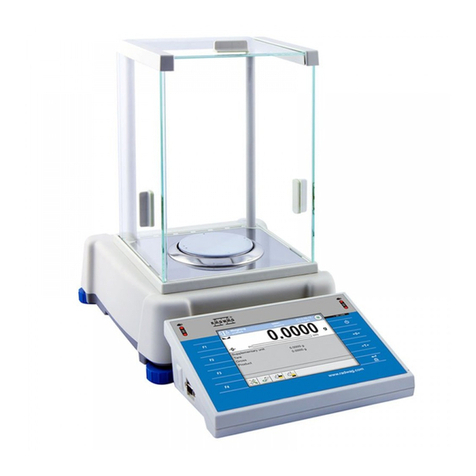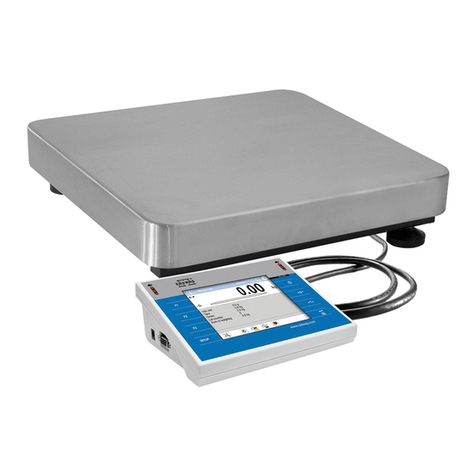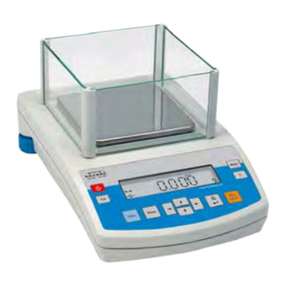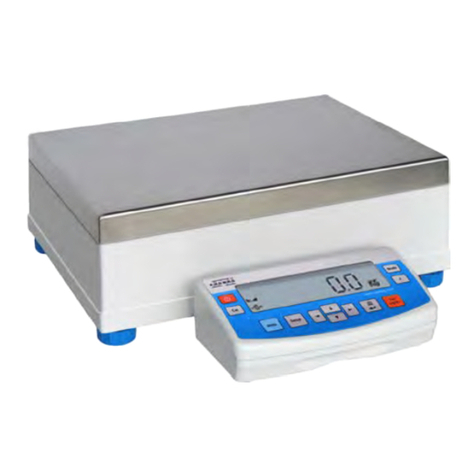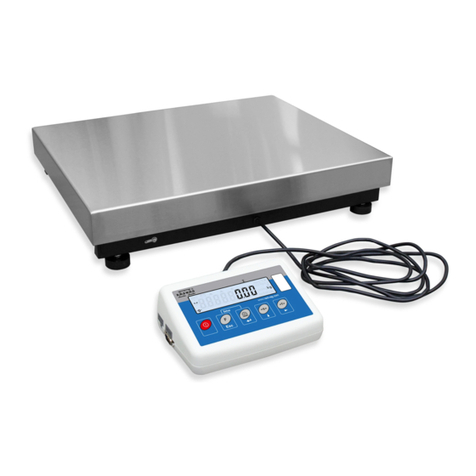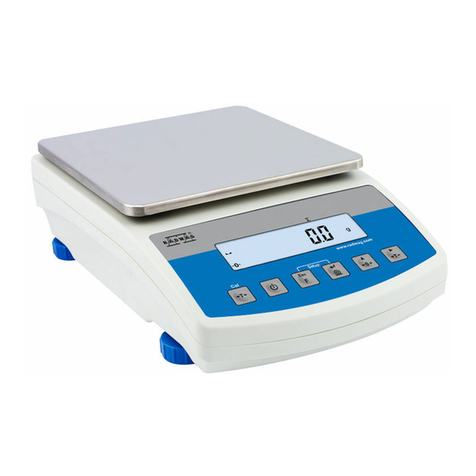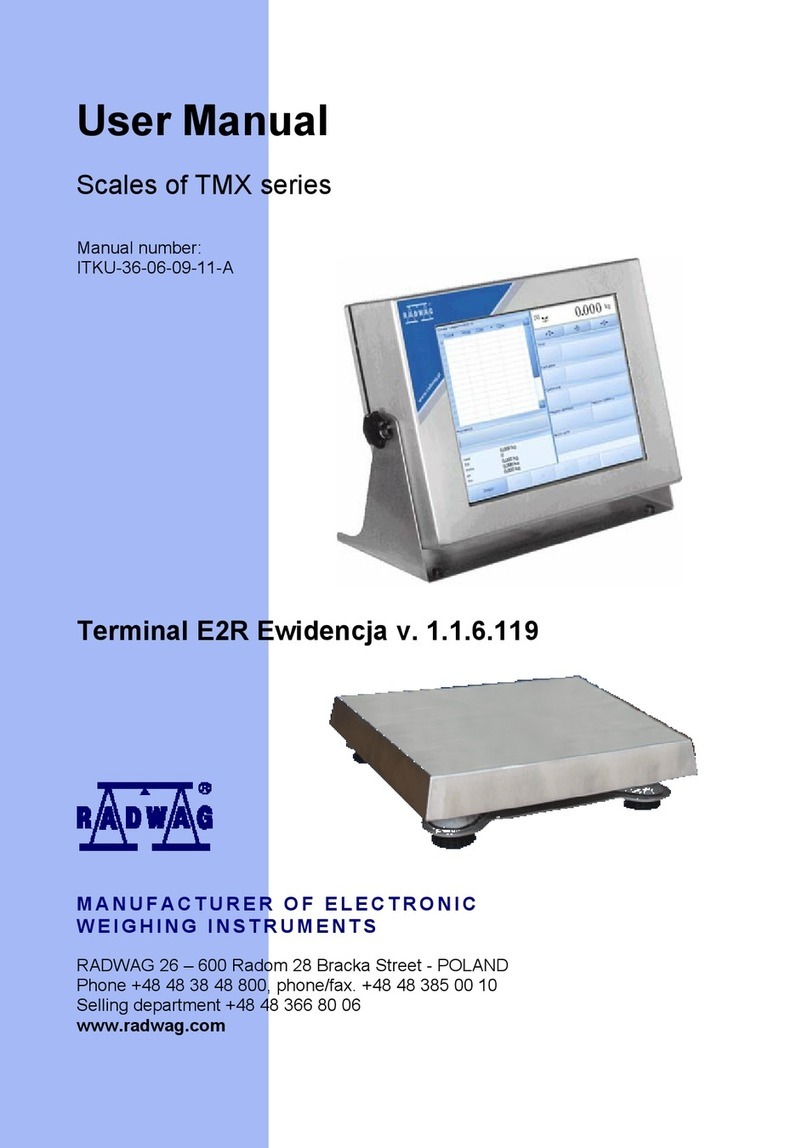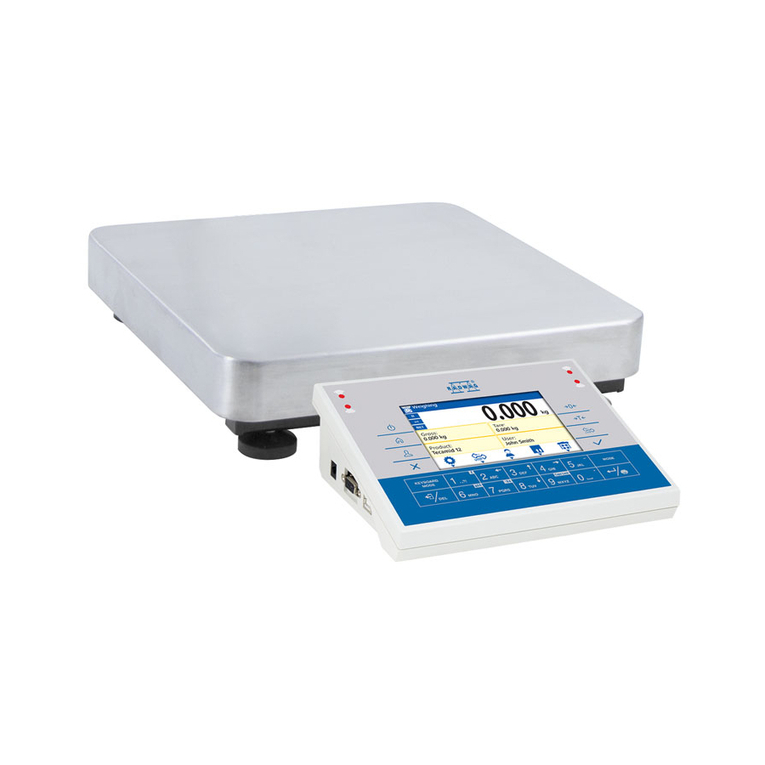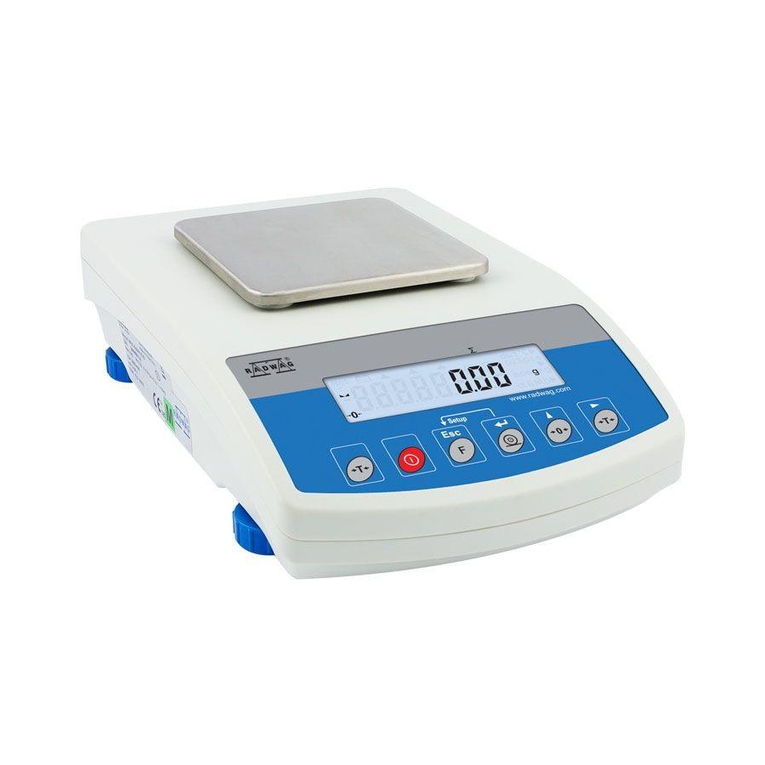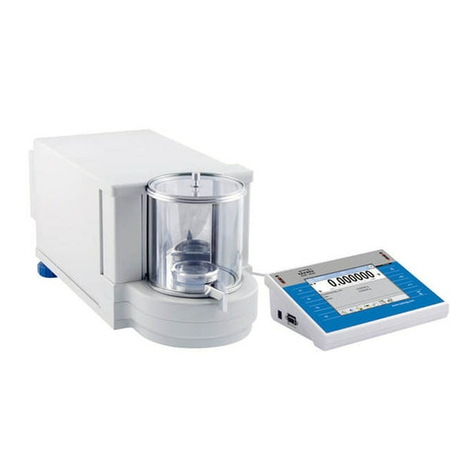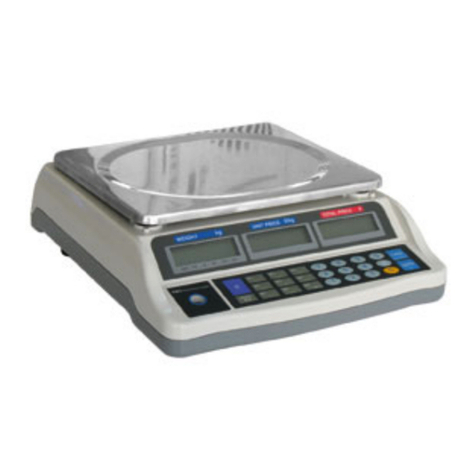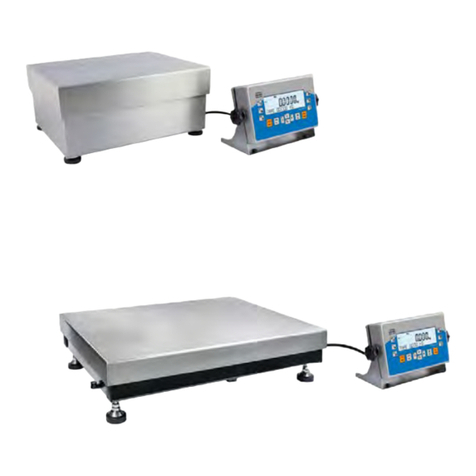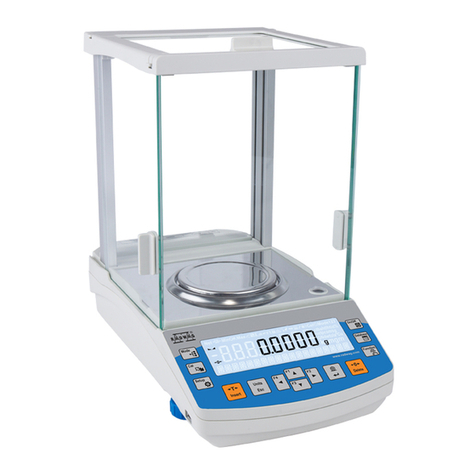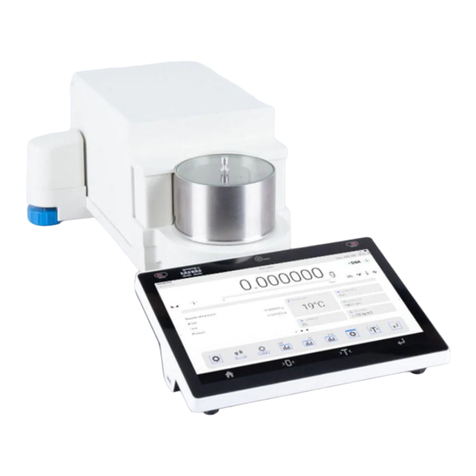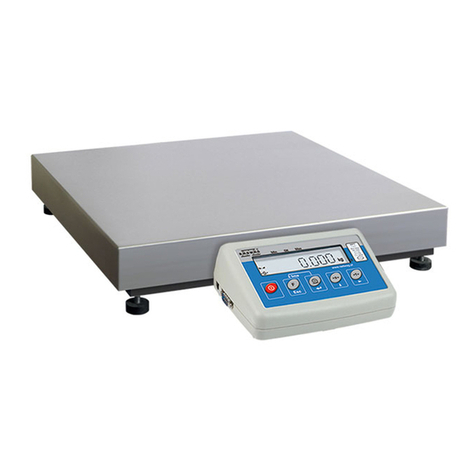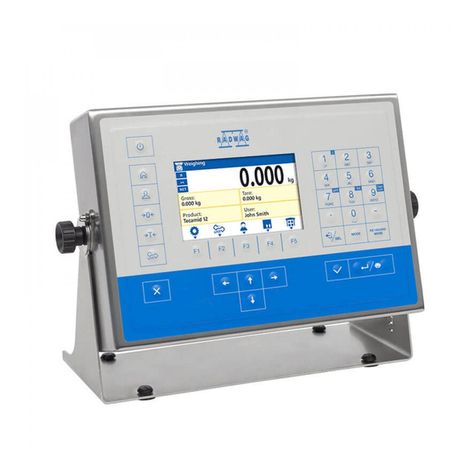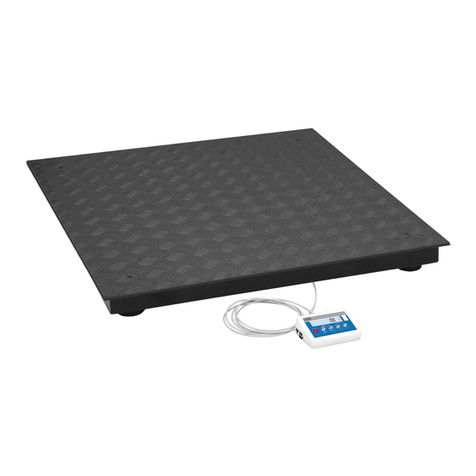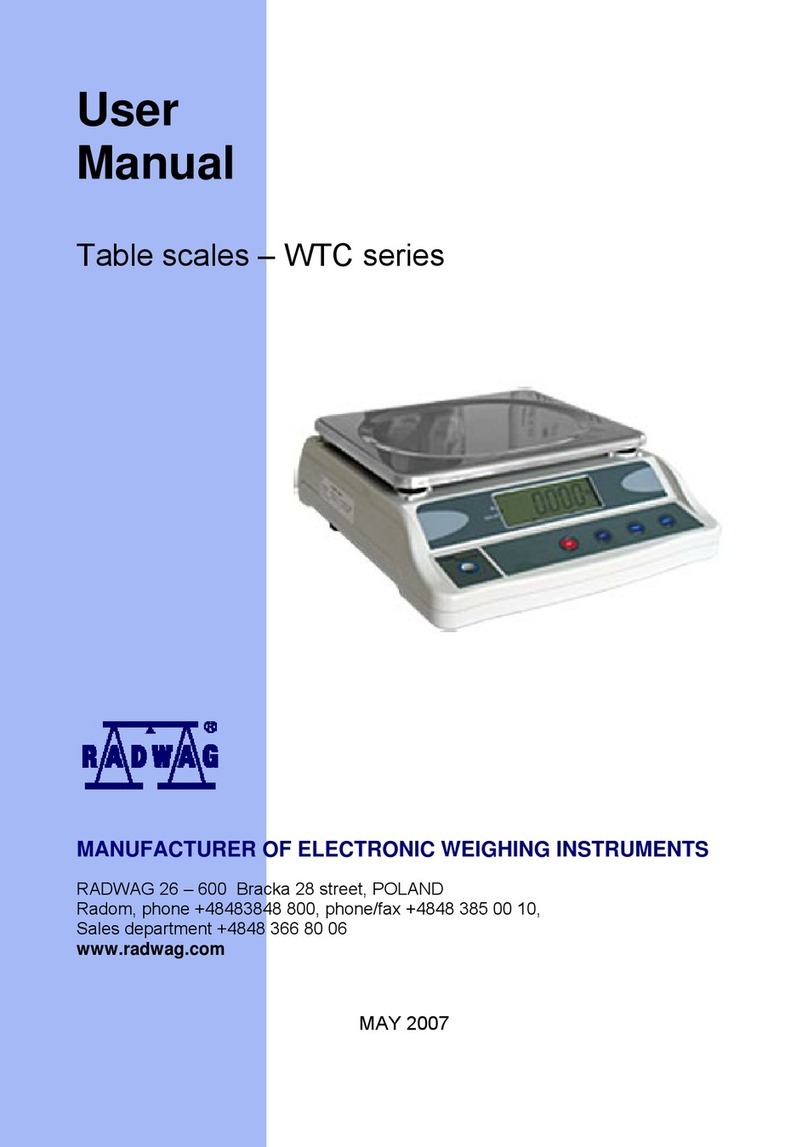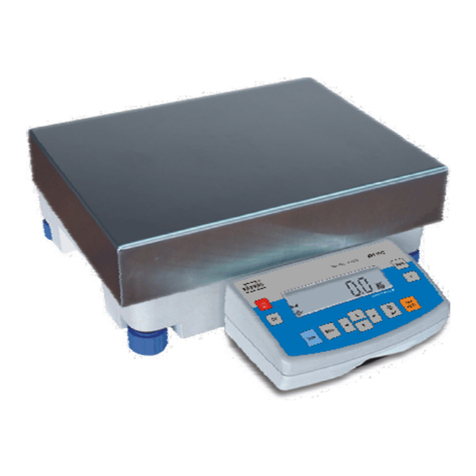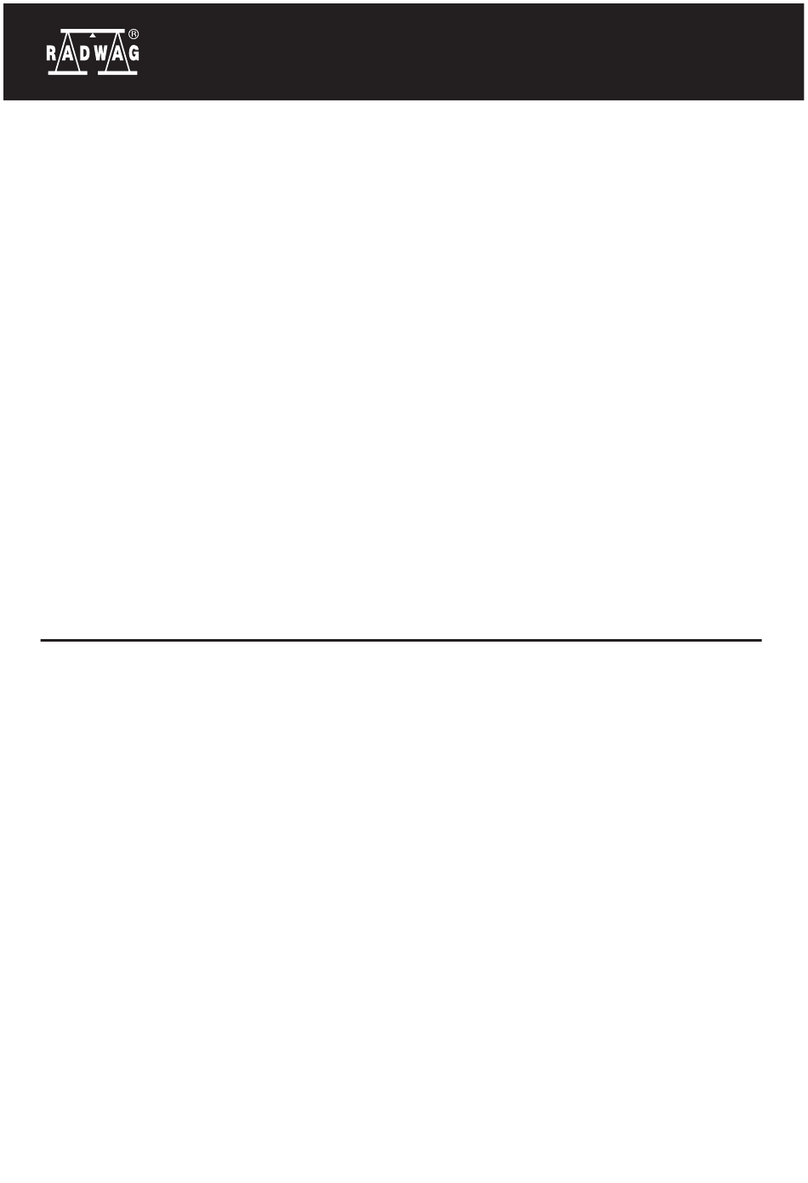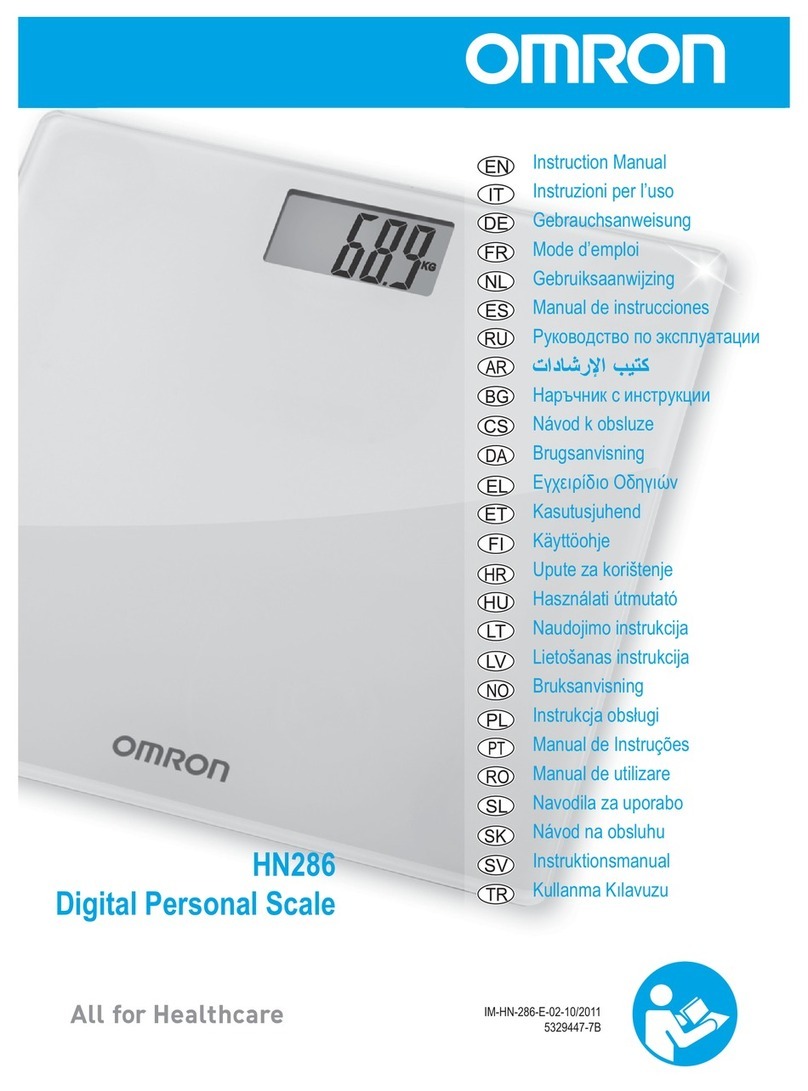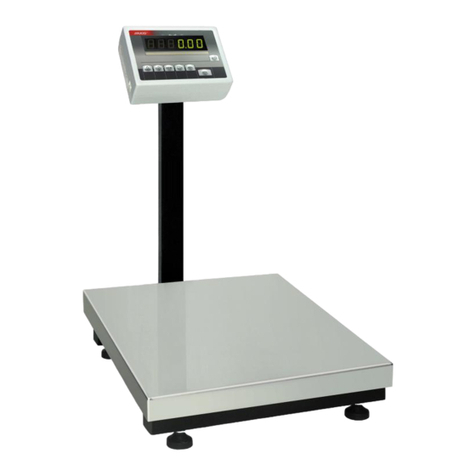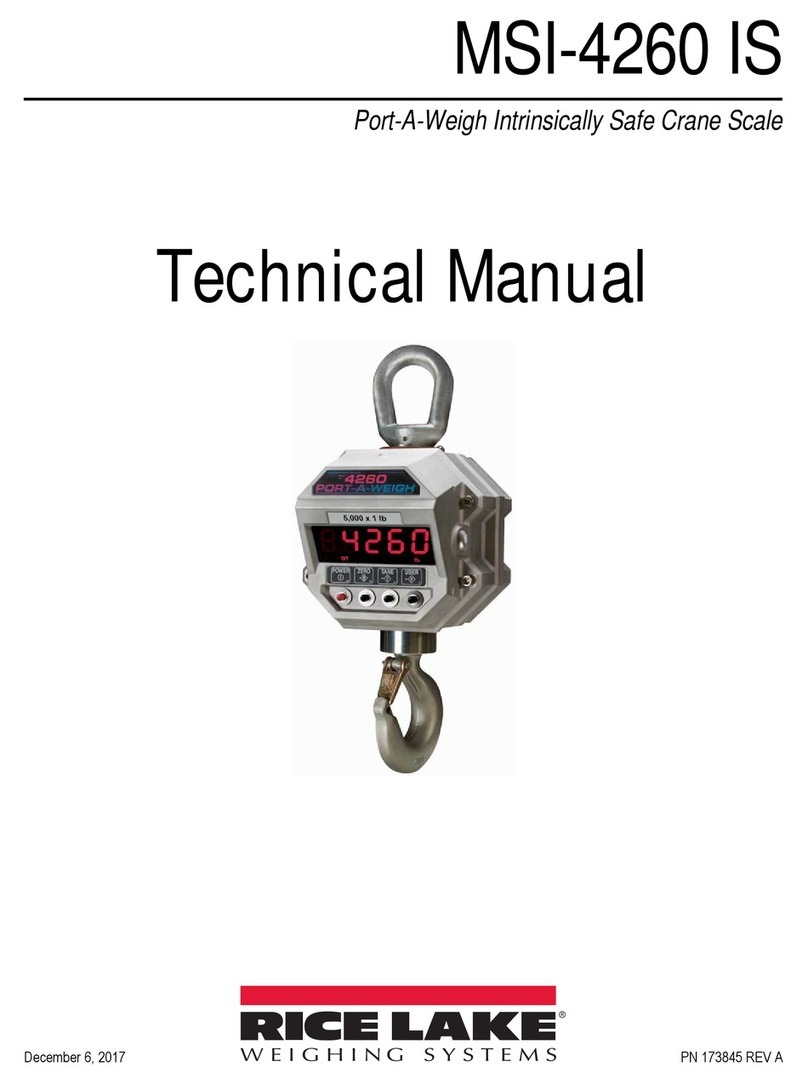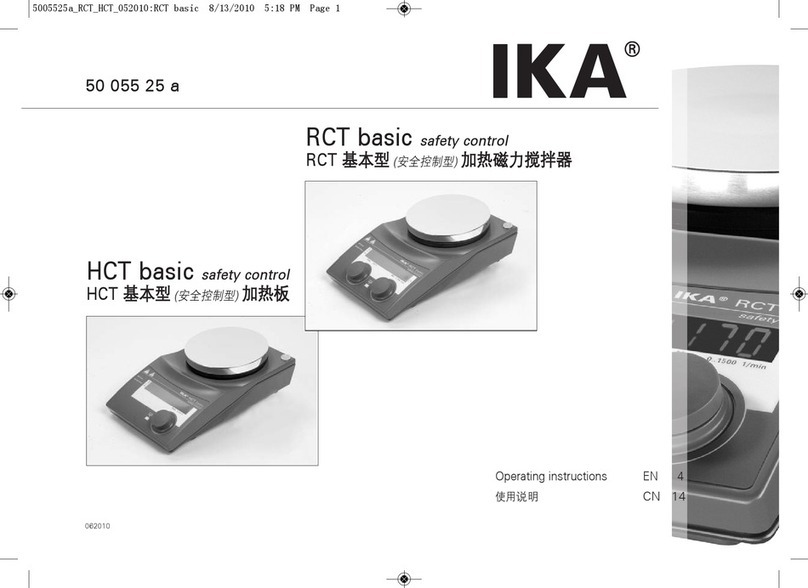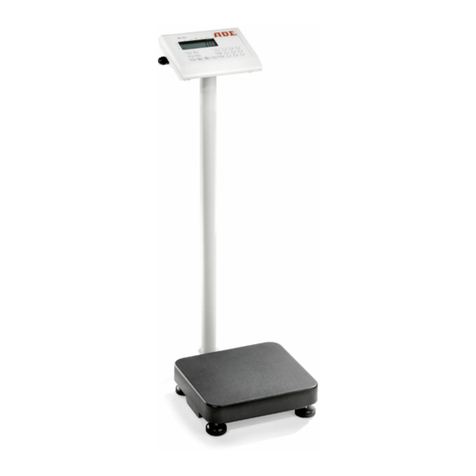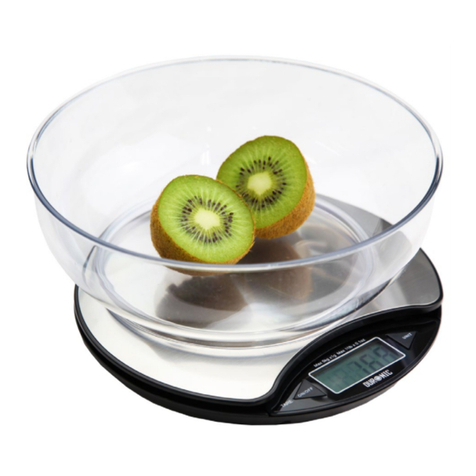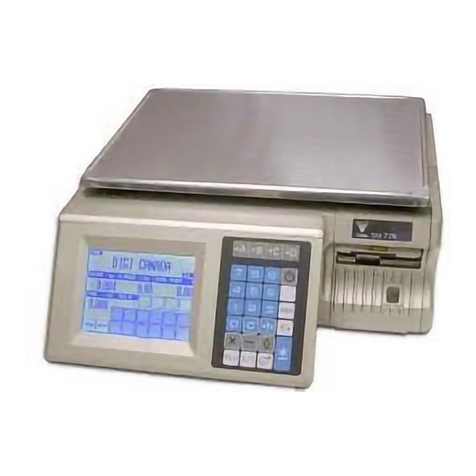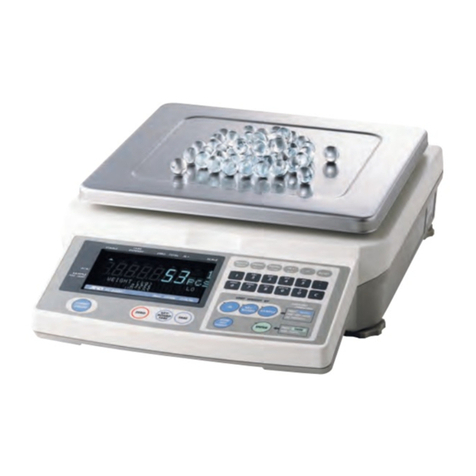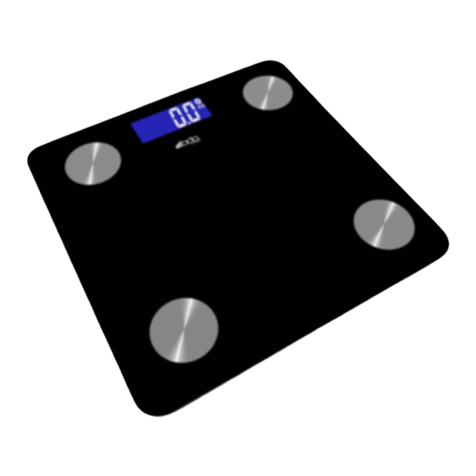22.1. Additional settings of formulation mode .................................................. 85
22.2. Formulation – quick access keys ............................................................ 86
22.3. Adding formulas to the Database of Formulas .......................................... 86
22.4. Using formulas in weighing .................................................................... 87
22.5. Printouts ............................................................................................. 90
22.6. Report from completed formula making processes .................................... 92
23. STATISTICS .................................................................................... 93
23.1. Setting of keys and workspace for Statistics mode ................................... 94
23.2. Additional settings of Statistics mode ...................................................... 94
23.3. Parameters related to a series of measurements ...................................... 95
24. PIPETTE CALIBRATION................................................................... 97
24.1. Additional settings of pipettes calibration mode ........................................ 98
24.2. Pipettes calibration – quick access keys .................................................. 99
24.3. Adding a pipette to the Database of Pipettes ............................................ 99
24.4. Printouts ............................................................................................101
24.5. Working mode activating procedure .......................................................102
24.6. Report from completed calibration processes ..........................................103
25. DIFFERENTIAL WEIGHING............................................................ 105
25.1. Additional settings of differential weighing mode .....................................106
25.2. Differential weighing – quick access keys ...............................................106
25.3. Introducing a series to the Database of Series ........................................108
25.4. An example of process for differential weighing mode ..............................108
25.5. Copy tare ...........................................................................................115
25.6. Using option “SAMPLE SELECTION”........................................................115
25.7. Deleting a value ..................................................................................116
25.8. Printouts ............................................................................................116
26. STATISTICAL QUALITY CONTROL – SQC ....................................... 118
26.1. Working mode activating procedure .......................................................119
26.2. Additional settings of the SQC mode ......................................................121
26.3. Carrying out a control process ..............................................................121
26.4. Report from product control ..................................................................122
27. CONTROL OF PREPACKAGED GOODS............................................. 124
27.1. Working mode activating procedure .......................................................124
26.2. Additional settings of the PGC mode ......................................................126
26.3. Non-destructive control with average tare mode .....................................127
26.4. Non-destructive empty-full control mode ................................................130
26.5. Destructive empty-full and full-empty control mode .................................131
26.6. A report from determining average tare value .........................................132
26.7. A report from product control ...............................................................133
27. DATABASES................................................................................... 134
27.3. Processes carried out on databases .......................................................135
27.4. Products .............................................................................................135
27.5. Weighing records ................................................................................136
27.6. Clients ...............................................................................................137
27.7. Formulation ........................................................................................137
27.8. Reports from formulation .....................................................................138
27.9. Reports from density ...........................................................................138
